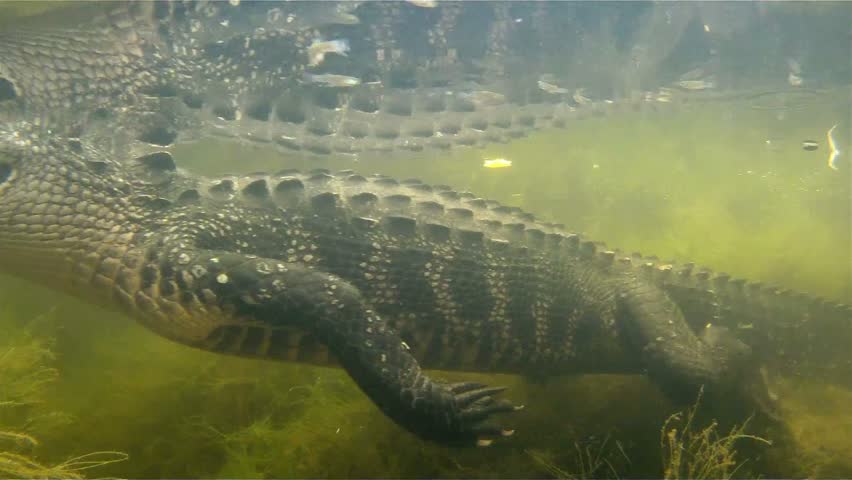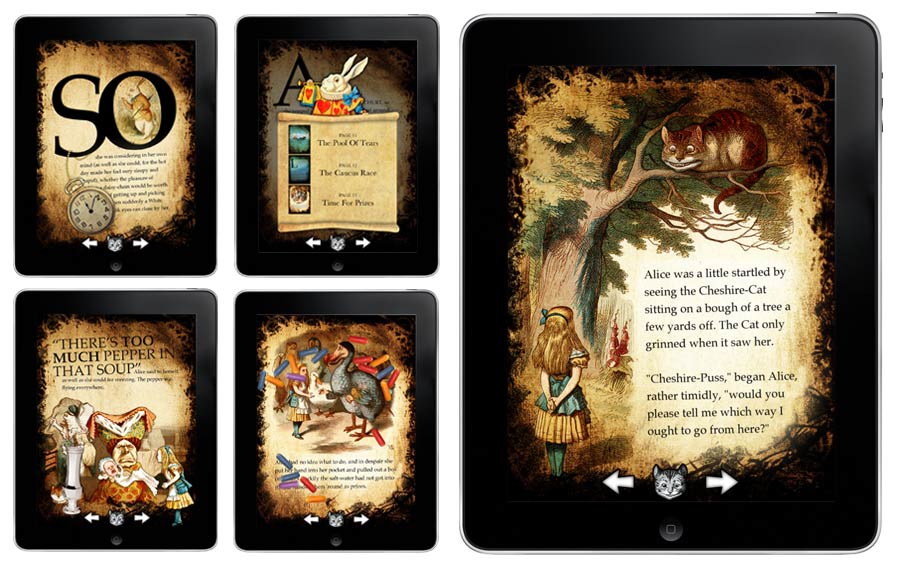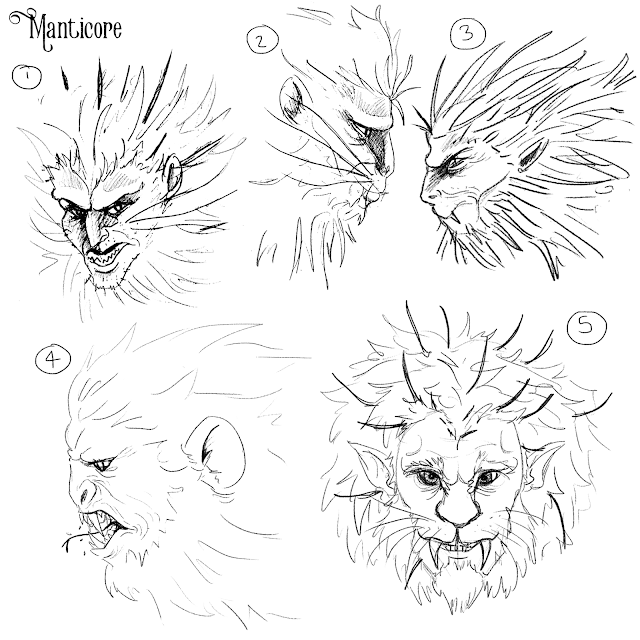Finding references for animals with 6 legs will usually bring up pictures of insects, which move in a way that I feel don't fit a creature like the bukavac. Luckily, many people have drawn run cycles of animals with 6 legs, that may help me with the bukavac's design and eventual animation.
The above gifs are the closest to how I imagine the bukavac to move, with the middle legs hitting the floor while the front and hind legs are raised. The middle legs resemble the front legs in shape, but are often slightly longer and would allow the beast to move faster.
Because the bukavac strangles its victims, the front legs would need to have long fingers to wrap around the throats of the unfortunate beings it takes for food. The feet on the middle and back of the body may have webbed feet to aid swimming, unless they lie against the body (like a crocodile) as the bukavac moves through the water, meaning it would need a tail shaped for swimming.


)












